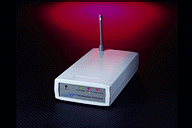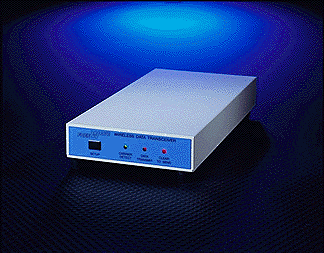Wireless RS232 Spread Spectrum Data Transceivers

The DGR-115 / 115H wireless RS232 spread spectrum data transceivers provide reliable long-range data communications. Using a superior frequency hopping spread technology, DGR-115 / 155H transceivers are capable of uncompressed data rates of 115.2 KBaud over distances of 20 miles or more, meeting the data communications needs in a wide variety of applications.
The DGR-115 / 115H product family operates at 1 Watt output power, the maximum output power allowed under part 15 rules. In addition to providing long-range reliable data links, DGR-115 / 115H transceivers set up quickly and incur no ongoing fees, unlike cellular and landline communications.
The DGR-115 / 115H transceiver operates in either point-to-point or point-to-multipoint mode (selectable using any terminal emulation program). Repeaters may be deployed in either mode to extend the range of the link, not by plugging two units in back to back as is the case with most radios, but by programming the DGR-115 to operate as a store and forward repeater. With up to two repeaters per link using external antennas, link distances of greater than 60 miles are possible.
All transceivers are assigned a unique electronic serial number at the factory, providing complete control of who does and who does not have access to the data. An optional mode allows the transceiver to respond to a set of AT commands.

The DGR-115 and DGR-115H transceivers are manufactured with tight control procedures to ensure consistent quality. Every unit shipped is tested from -40° C to +75° C, and must also pass real world data and link tests. DGR-115 and DGR-115H spread spectrum transceivers have been used on (to name but a few) tanks, aircraft, speed boats, yachts, race cars, and earth movers, and in environments ranging from offices to volcanoes to the Antarctic.
As a final note... is "Frequency Hopping Spread Spectrum" really better than "Direct Sequence Spread Spectrum?" We could have pages and pages of technical arguments expounding upon the merits of frequency hopping, but the solution is really much more simple. The next time someone tries to tell you that their 900 MHz direct sequence modem is better than a 900 MHz frequency hopper, ask them to do a simple experiment: establish a link with the direct sequence modems, then set up a side-by-side parallel link with the DGR-115 / DGR-115H modems and watch what happens.


